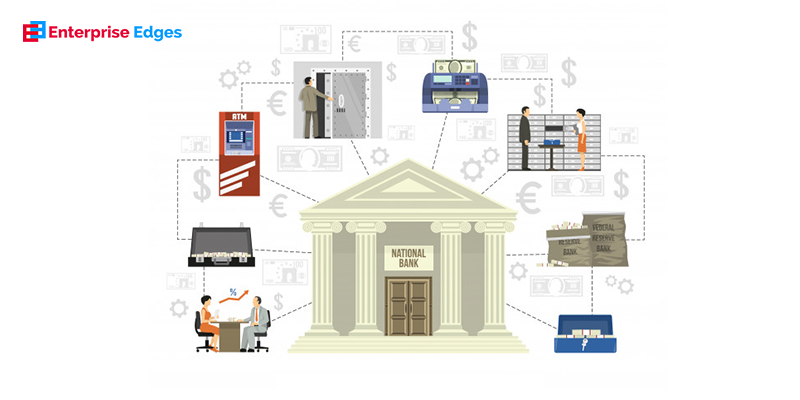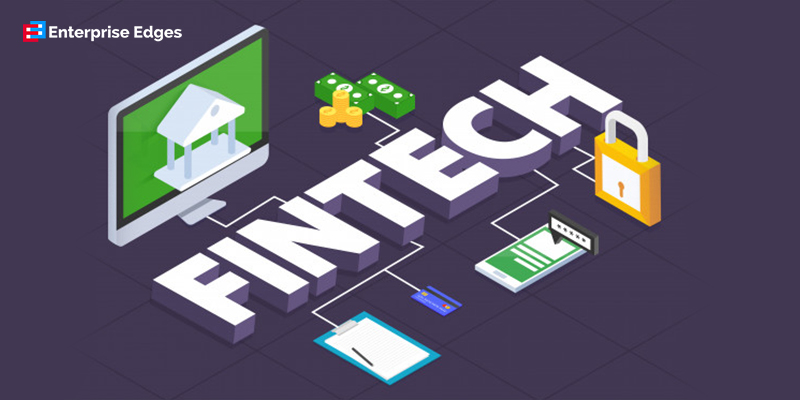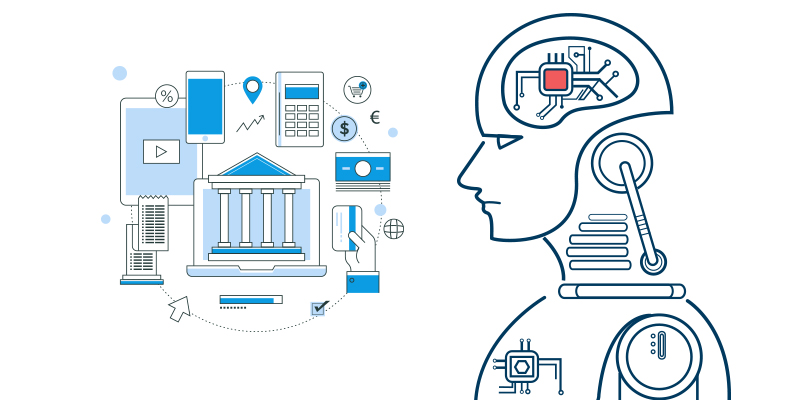The banking industry is up for major transformation in the upcoming years. It has transformed up to a great extent, but the technological impact is going to bring a major transformation in the upcoming years. Not just technology; changing customer behavior, digital transformation, and growing regulatory requirements have made it obvious for the banking industry to look for a major evolution.
Varying Customer Priorities and Behaviors
It won’t be wrong to claim that the evolution of the banking industry is also a reflection of changing customer behavior. The mode of access or collecting information has significantly changed over the years. To be specific, customers are more interested in digital communication, which makes things simple yet effective. It is incredible to witness the technological or digital enrichments in core banking functionalities and operations.

All these are the outcomes of meeting personalized customer demands. To sum up the changing customer behavior in a single line, it can be concluded that the banks have understood that the need of the hour must be immediately addressed. After all, customer experience has started being a distinguishing factor in the financial services industry.
1. Digital Transformation
Upgrades in digital technology have started offering varieties of modes for interacting with the customers in modern times for the banking industry. To be specific, the modes like internet banking or mobile banking have significantly changed the way of interaction with the banks and accessing the transaction details. Moreover, high-end analytics tools are being used to make the customer experience more engaging than ever.
It is obvious thus to bring changes in banking regulations or to make it more technology-oriented. It is not just that the industry has transformed from functional perspectives; it has witnessed the major operational transformation as well. Along with customer user experience, back-office systems are being modified and enhanced. As explained above, the advancement of core banking is pretty evident.

Digital transformation is not the only technological advancement witnessed in the banking sector. Robotic process automation or RPA in banking is being seen as a major revolution. Robotic process automation is about the usage of virtual assistants or software used for addressing repetitive tasks. A virtual assistant here also refers to programmed robots.
Usage of tools of such is going to drive the modern-day and future banking arena by cutting down the manpower requirements. The best part about RPA in banking is the way it makes things effective in a much cost-effective fashion. The entire banking functionality can be structured to be automated in many ways.
Interesting here is to note that the banks have already used it like the replacements of their employees, as it can interact with through technically enriched user interfaces and can also deal with optimized applications. Undoubtedly, the future of the banking industry is going to be greatly revolutionized through RPA.
2. Regulatory Measures
Because modern-day technology is getting more and more data-oriented, setting up fresh data protection regulation has become imperative for the industries. This is expected to be somewhat challenging, with the added concerns of streamlining the experiences of the customers. Emphasis is going to be more towards the interactions involving a nominal touch.
Through the process, it is certainly going to reduce the various kinds of threats associated with regulatory affairs. At the same time, the optimizations of such can make the entire system more financially beneficial as well. Customer-oriented platforms thus are said to be one of the key business drivers in contemporary, as well as the future banking industry. One thing here can be noted is that technology lies at the core of all sorts of the transformation of banking procedures.
3. Fintech Service Providers
Fintech providers are certainly going to be the key business drivers in the banking industry. Their role is going to be even more impactful. There should be no surprise about this upon observing the way these technologies have competed with the usual ways of delivering financial services.

Though it is still an emerging concept for the banking industry in remote parts but looks established in major sectors, it promises a lot from future perspectives. Fintech can indeed be claimed as one of the hottest banking industry trends at present. Specifically, their role is expected to be the most effective in the upcoming retail banking market, which is going to be more technology-oriented.
4. Business and Revenue-Boosting Models
Personalized banking experience is being given a lot of importance in modern times. This is one aspect that can be decisive in terms of keeping competitors at bay. The banking industry outlook is getting more digital technology-oriented. Innovation in digital technology has enriched customer experience through a high-end user-interface. The fintech companies are emphasizing preparing roadmaps based on the same technology. Data management tools and analytics tools are being used and going to be extensively used to enrich sustainability in the banking sector.
The smooth performance and customer engagement in the banking sectors of modern days are said to be due to the advanced process optimization. In other words, there is a significant transformation that has occurred in terms of the operation mode of the global banking sector. The level of enhancement of core banking like vital models have managed to deliver superior business goals. In other words, it can be claimed as the prime revenue driver for banks.
Leveraging digital technology in this context, the emphasis is being given towards the development of up-to-the-minute business scope. Ultimately, a streamlined process helps deliver a better customer experience — the immediate business scope of such help the customers or clients in taking immediate business decisions. In short, the idea of enriching customer engagement through process optimization and the technologies meant for the same can be the key drivers of the banking industry.
5. Changing the Scenario From a Lender’s Perspective
A lot has been already discussed regarding the evolution of customer behavior over time. At the same time, liabilities of the lenders about the economical challenges of the banks are going to be the critical factors. The risk factors confronted while deciding whether to grant or deny loans have been decisive.
Functional models of the banks and other financial institutions have been transformed as well. Scenarios are being tried to be changed through the introduction of creative ideas like instant payment schemes. However, there is still no alternative to limiting the occurrences involving greater financial risks.
As per the present scenario, liabilities can be strategically kept under the carpet. In this context, it is considered essential for the lenders to come up with their modes for greater assessment of probable threats. Specifically, proper analysis is required when it comes to high-value financial payments.
6. Efforts to Minimize the Risk factor
The compulsion of a borrower to address the possible threats is a key factor in analyzing for getting it well about their efficacy to pay back the loan amounts. Financial service providers have a great role to play in this context. They are the people ultimately who have to have thorough knowledge regarding the ability of clients. Undoubtedly, they have been the business drivers for financial companies.
But, with transforming scenarios, these business drivers’ financial services have to transform as well. Upon observing the regular modes of the functionality of the banking industry, the emphasis has always been giving towards sustainability and enduring customer relationships. To ensure that the business does not get affected and the relationship remains similarly endured, banks should come up with new products or loan payment models, where the financial threats remain nominal.
7. AI Being the Key Driver

Because data and technology have traditionally been the bank performance, drivers, concepts like AI in banking are obvious to be the game-changer. AI is certainly going to streamline the banking procedures in a great way. Expanding the scope of automation, technology can indeed make the process more effective and productive at the same time. With automation, it is obvious for the entire process to be accomplished in a cost-effective fashion. All that the banks have to ensure is that the privacy of customer data is thoroughly secured with them.
8. Cloud Computing
The impact and acceptance of cloud computing in the banking industry are very much evident. A lot has already been discussed regarding the growing interest in cloud computing principles among the banking sectors. The rate of migration over the cloud platform among the banks and financial organizations, even at remotest parts or small towns has significantly grown. Successfully integrating all the units and segments of a bank or financial institution, and streamlining the data access, has been phenomenal all the way. Naturally, it is growing at a bigger scale and in a very encouraging way, is pretty unsurprising.

To conclude, the banking industry is indeed up for major transformation, the process of which has already begun. As discussed above, there are major aspects that can be the key driving factors. And, it’s the technology and data that is evident to be at the intersection space of all these factors.